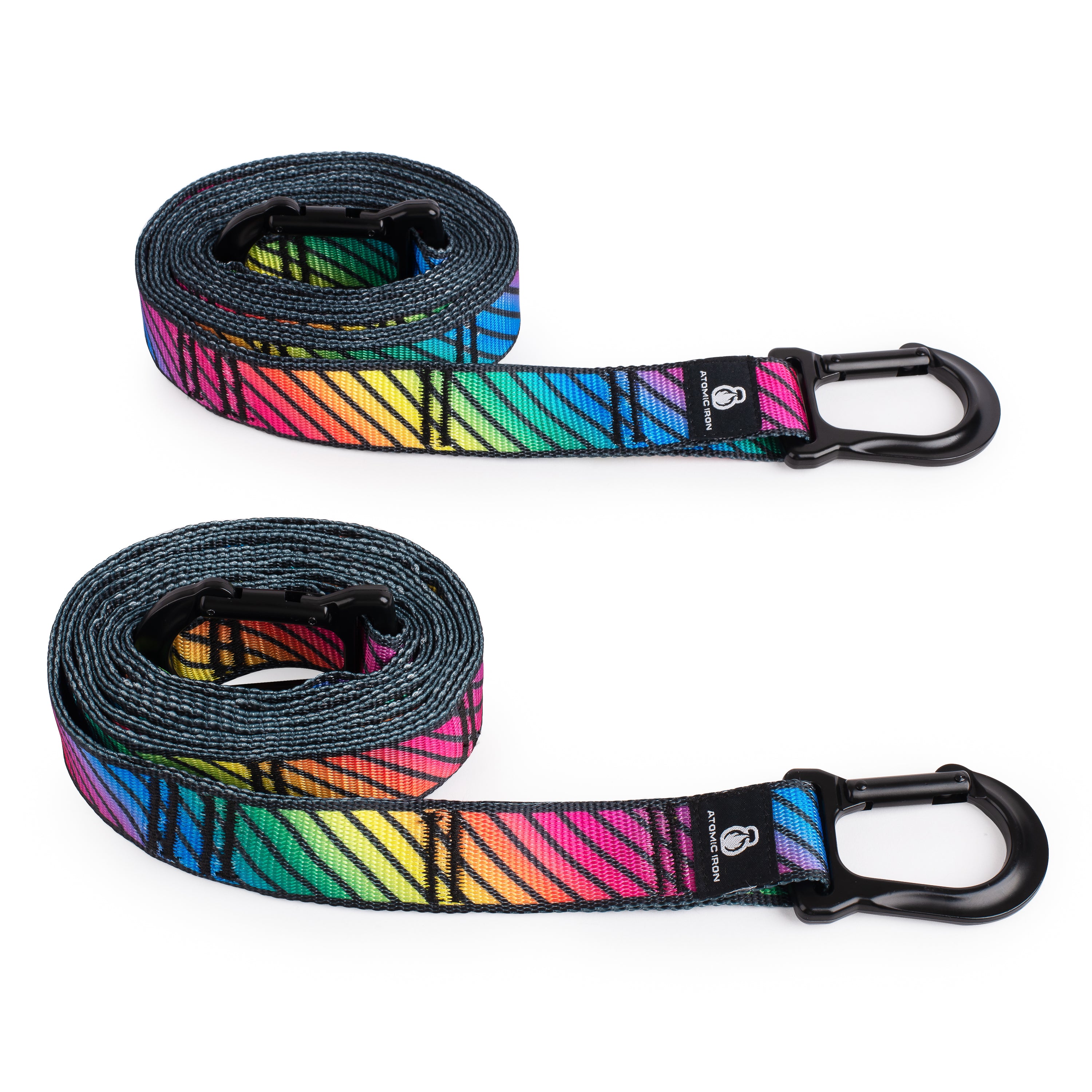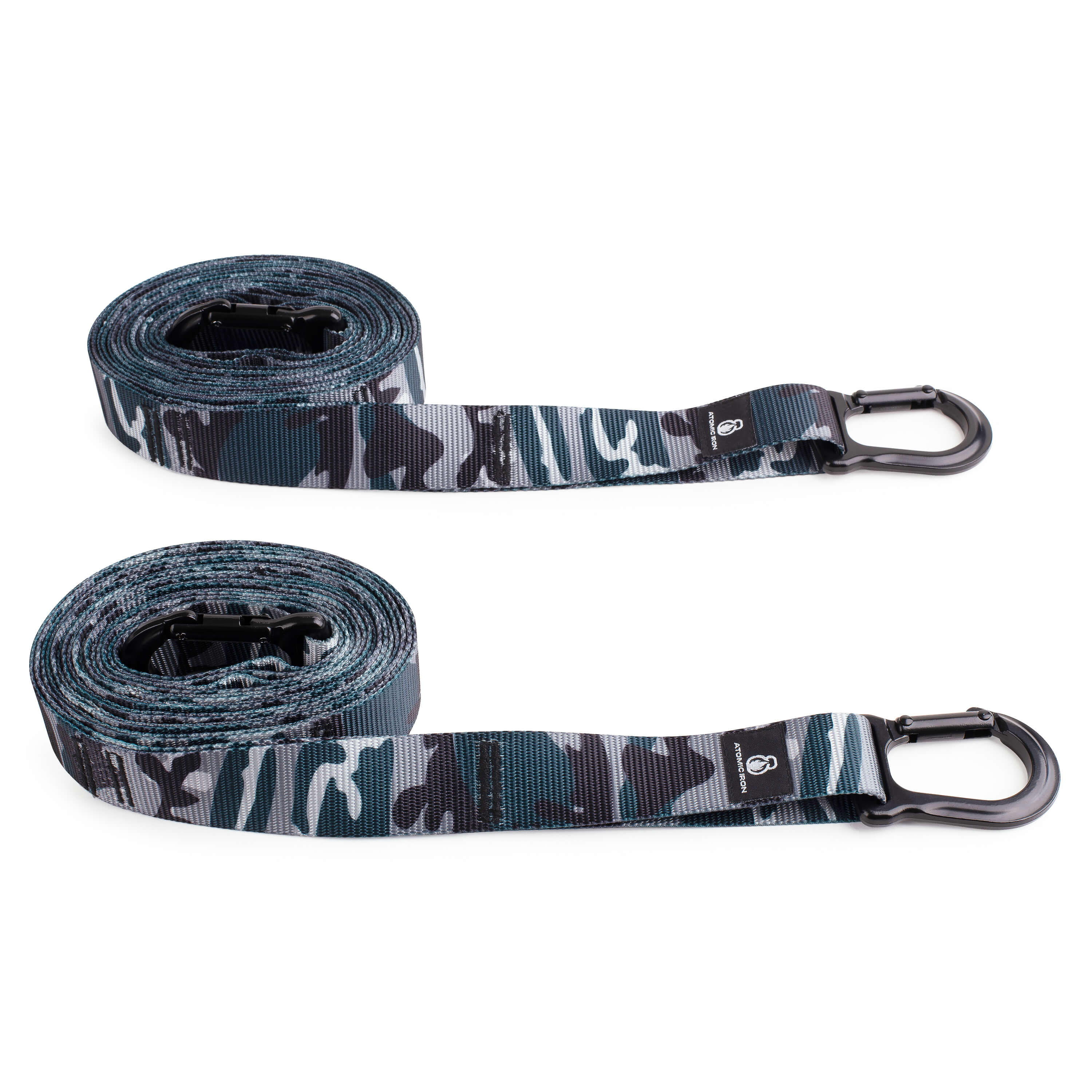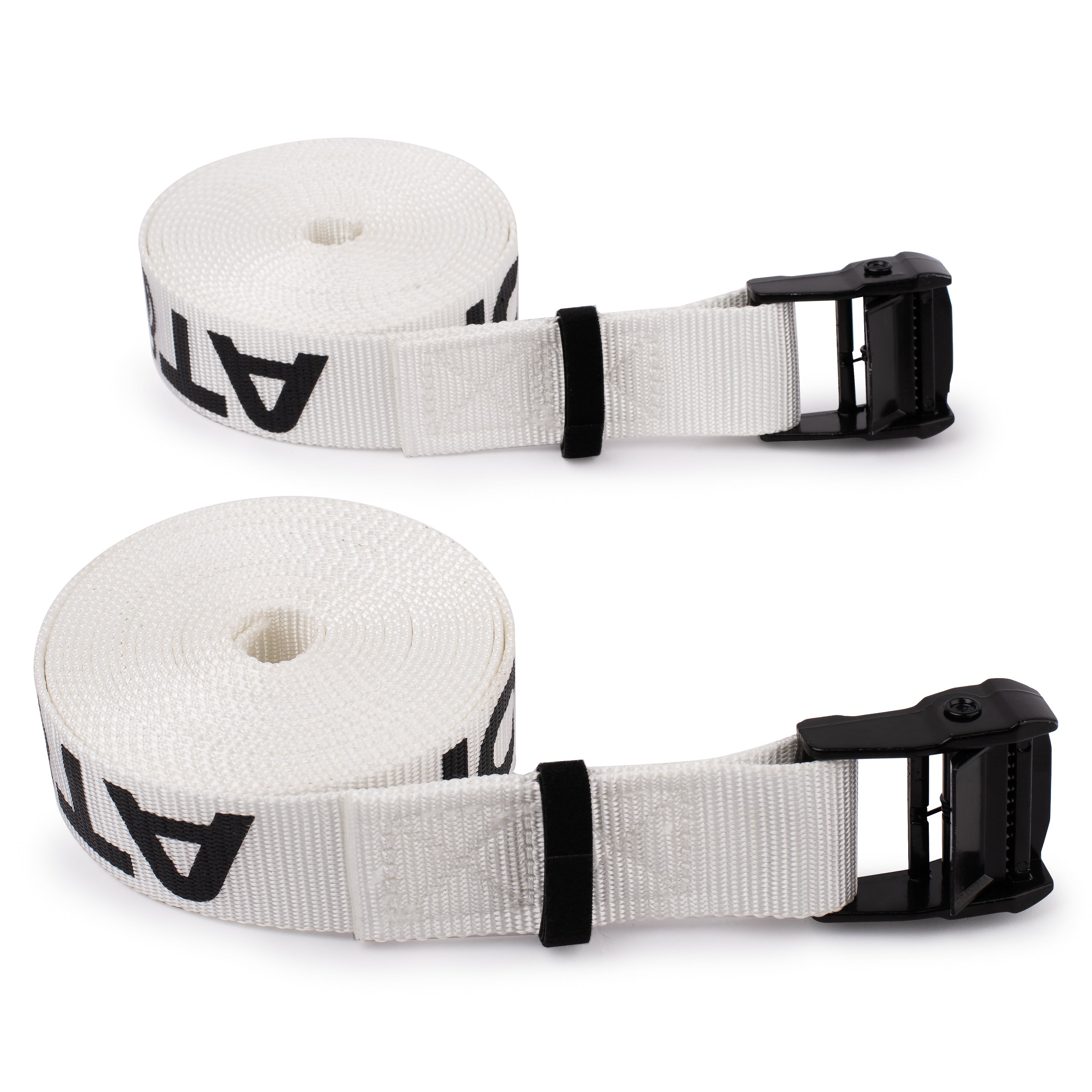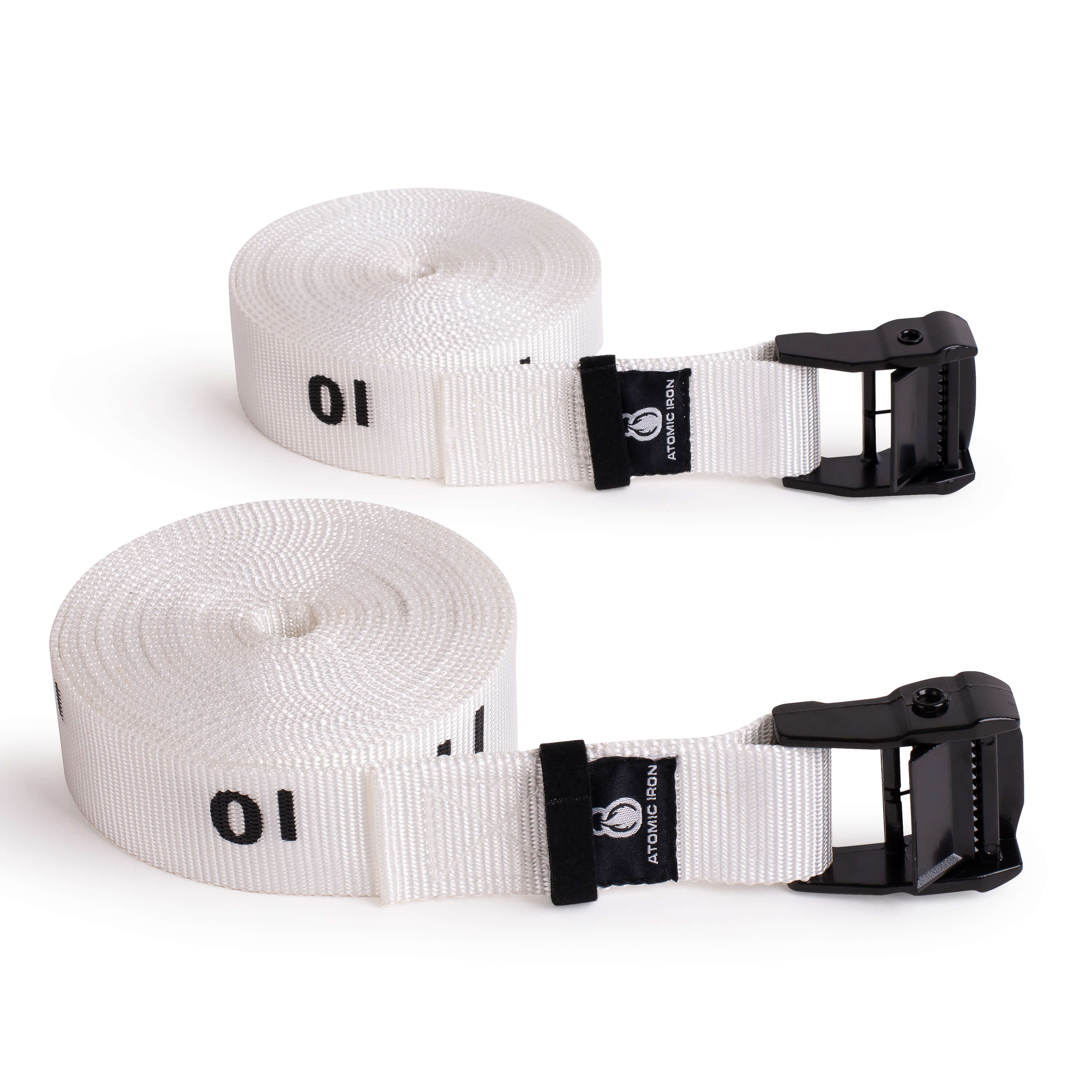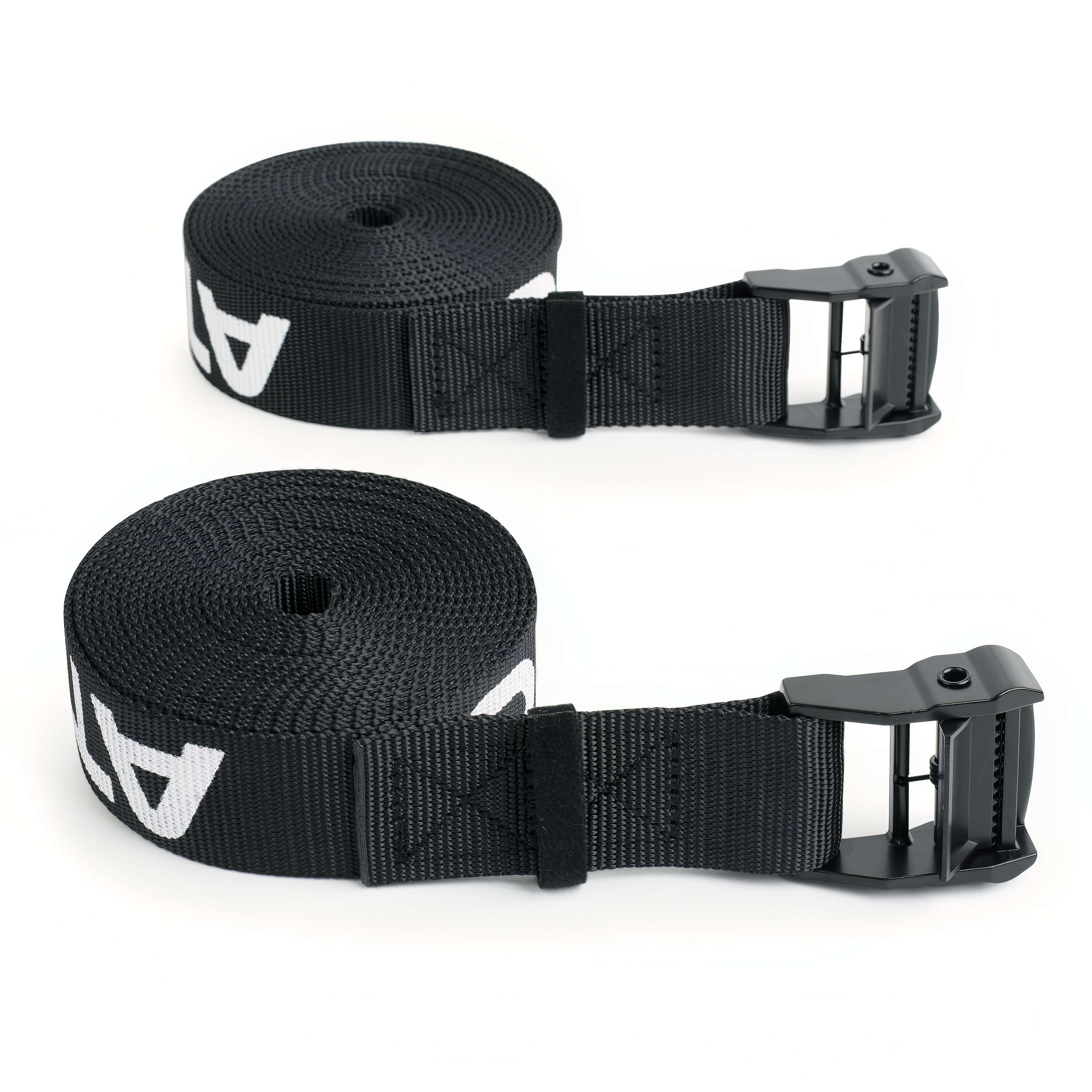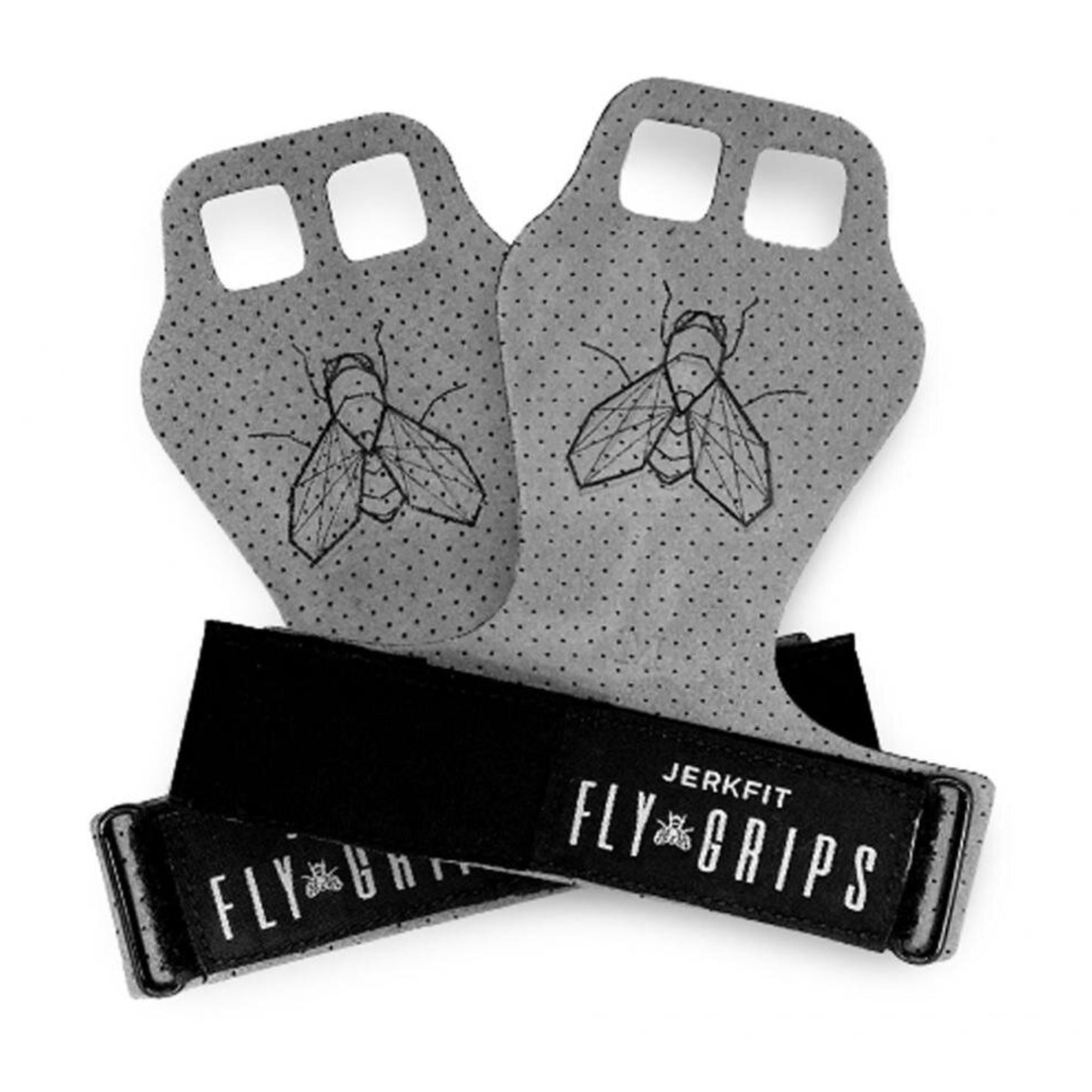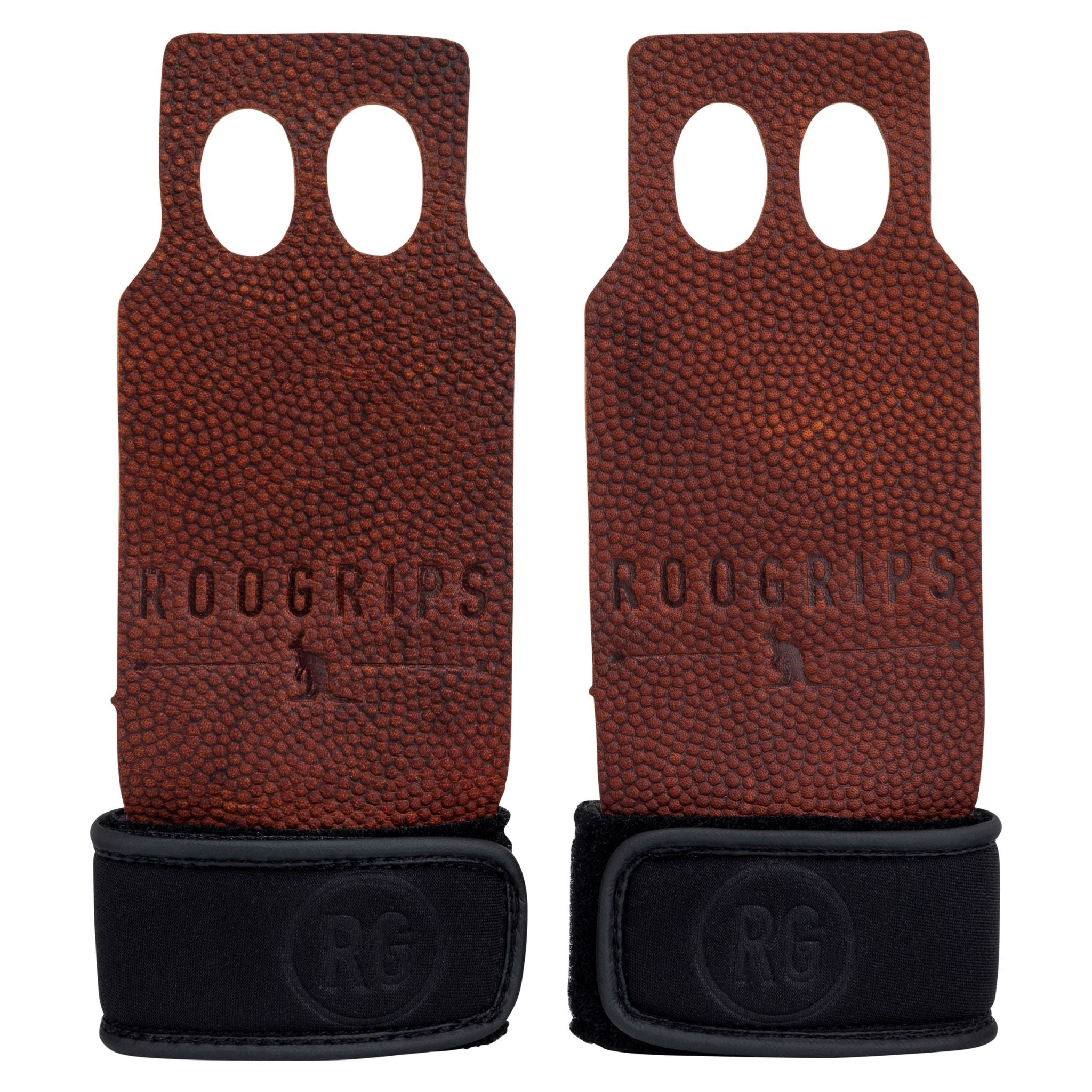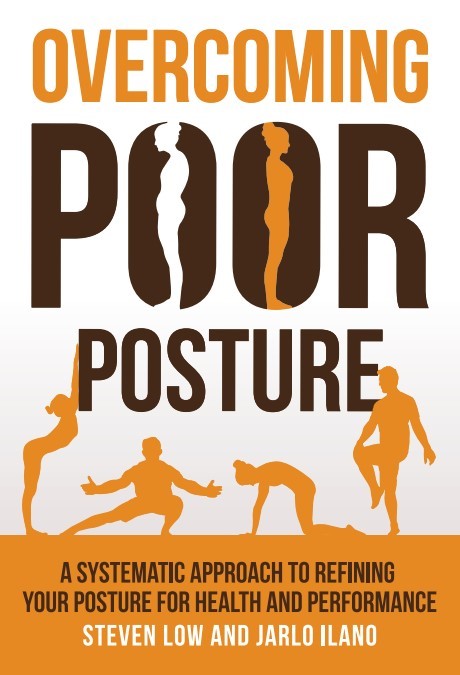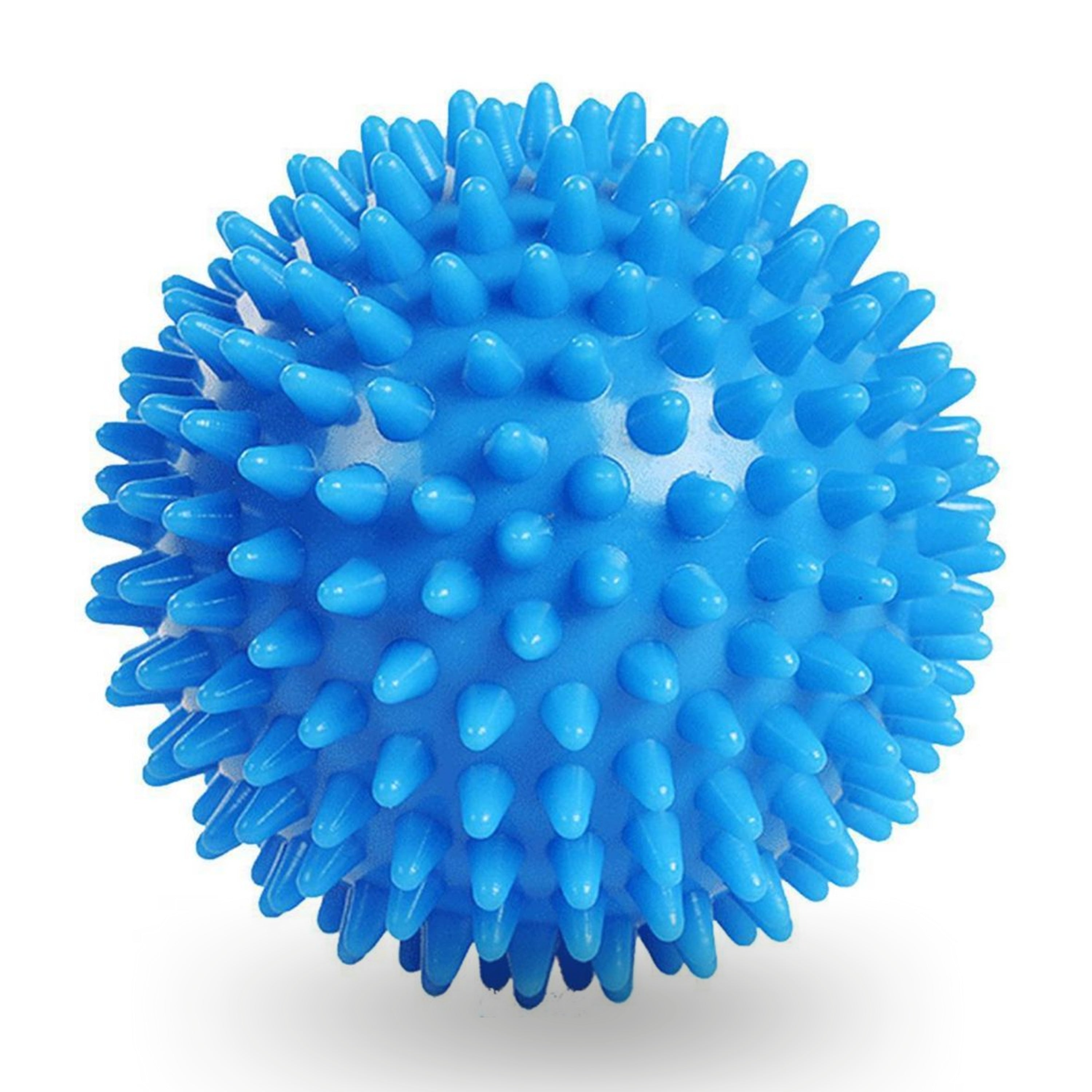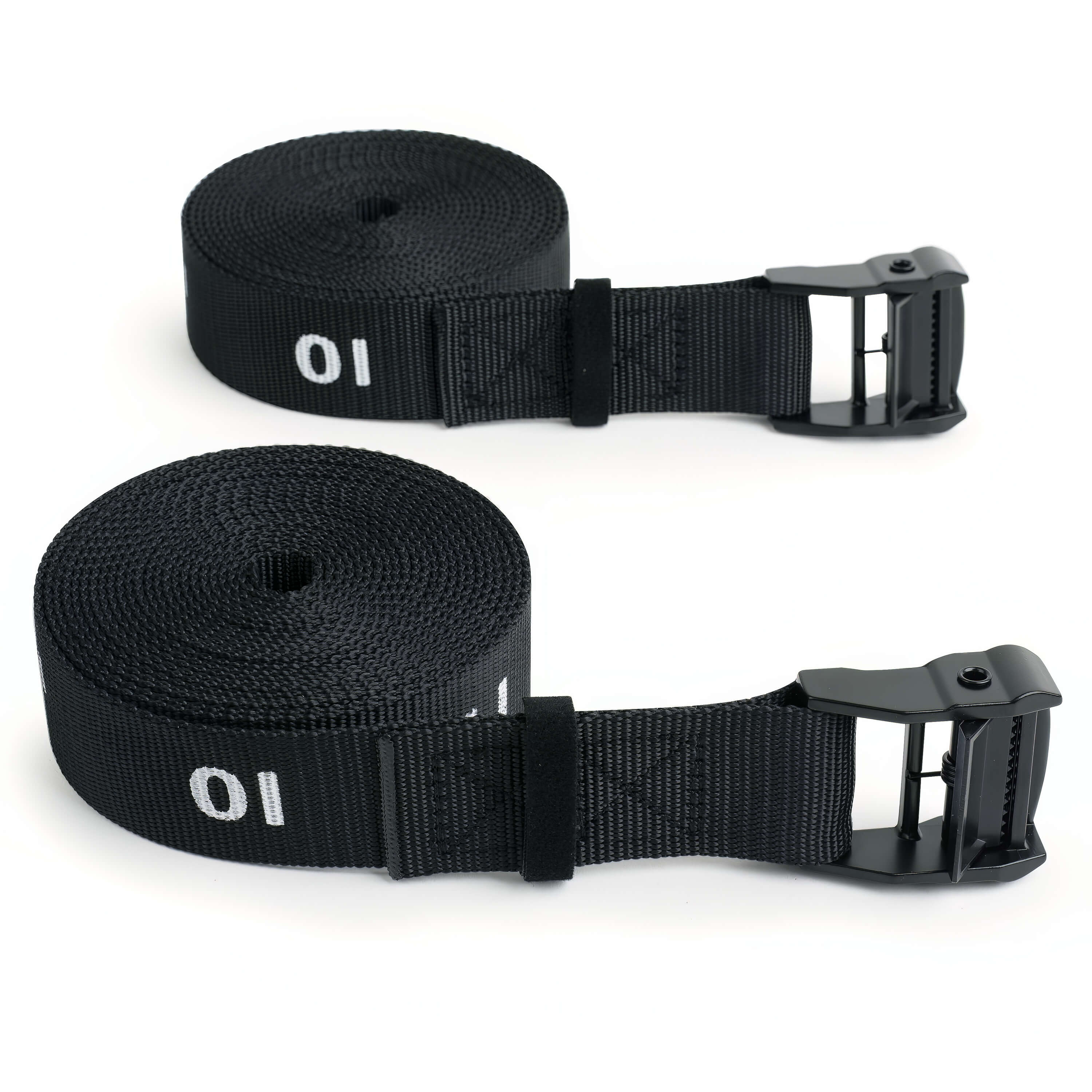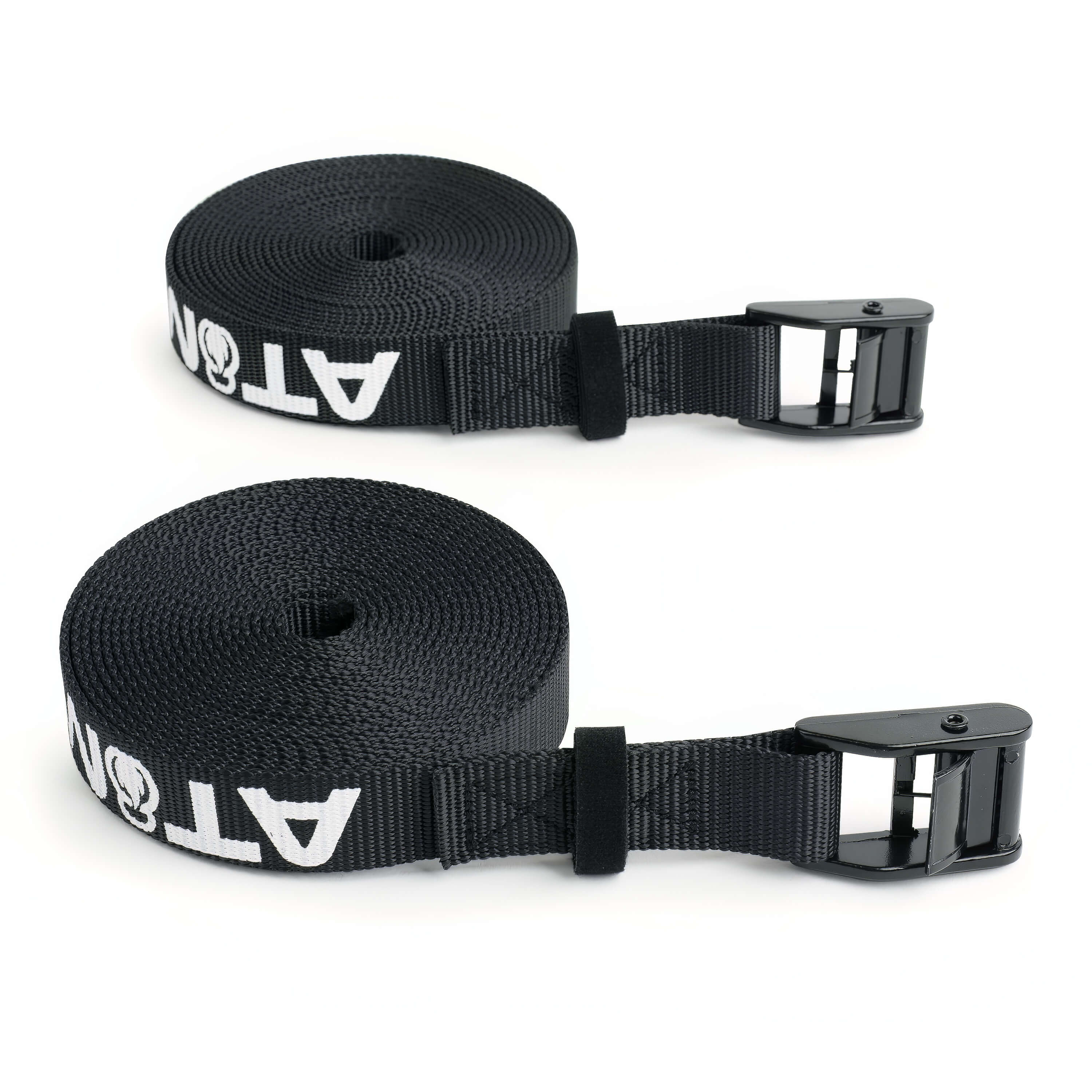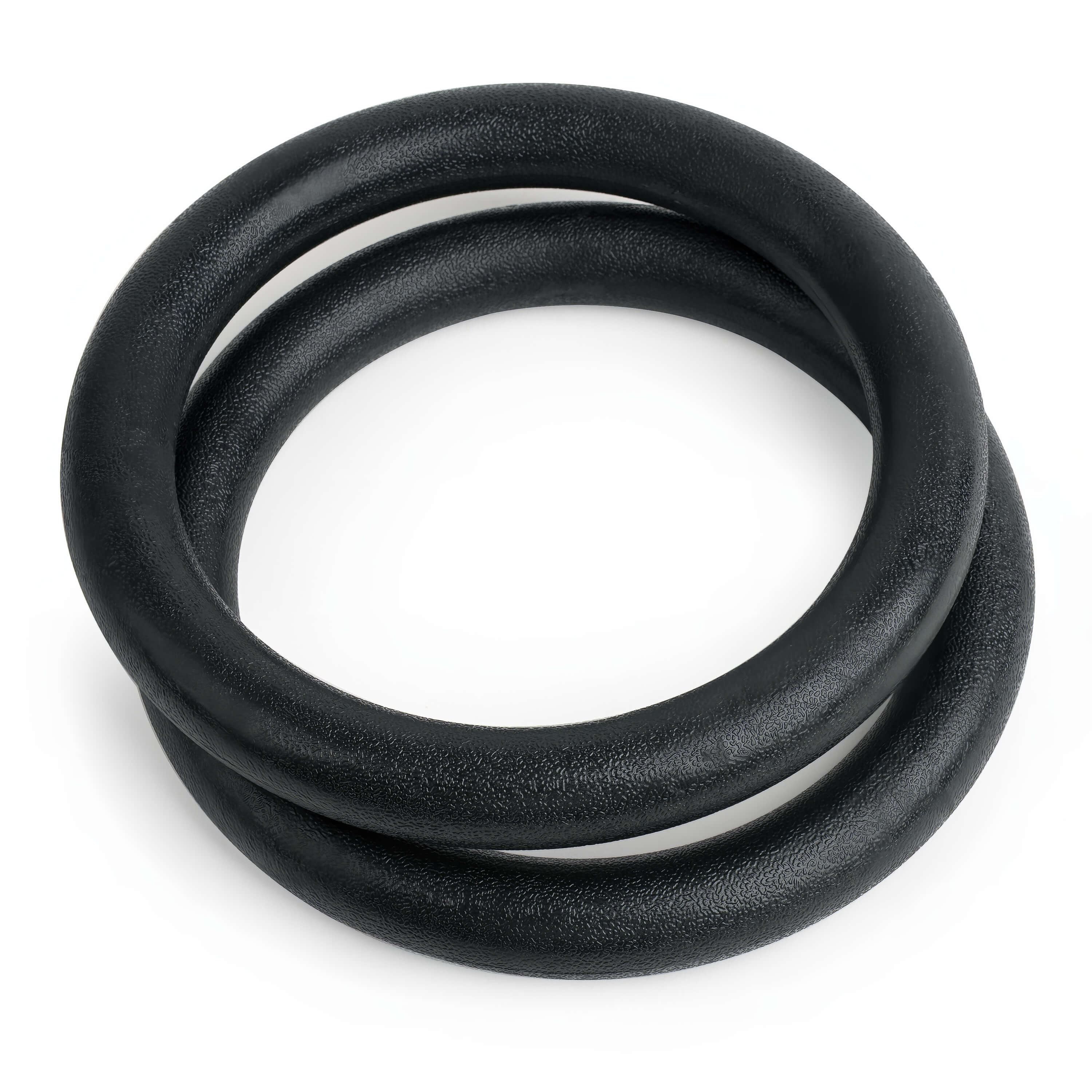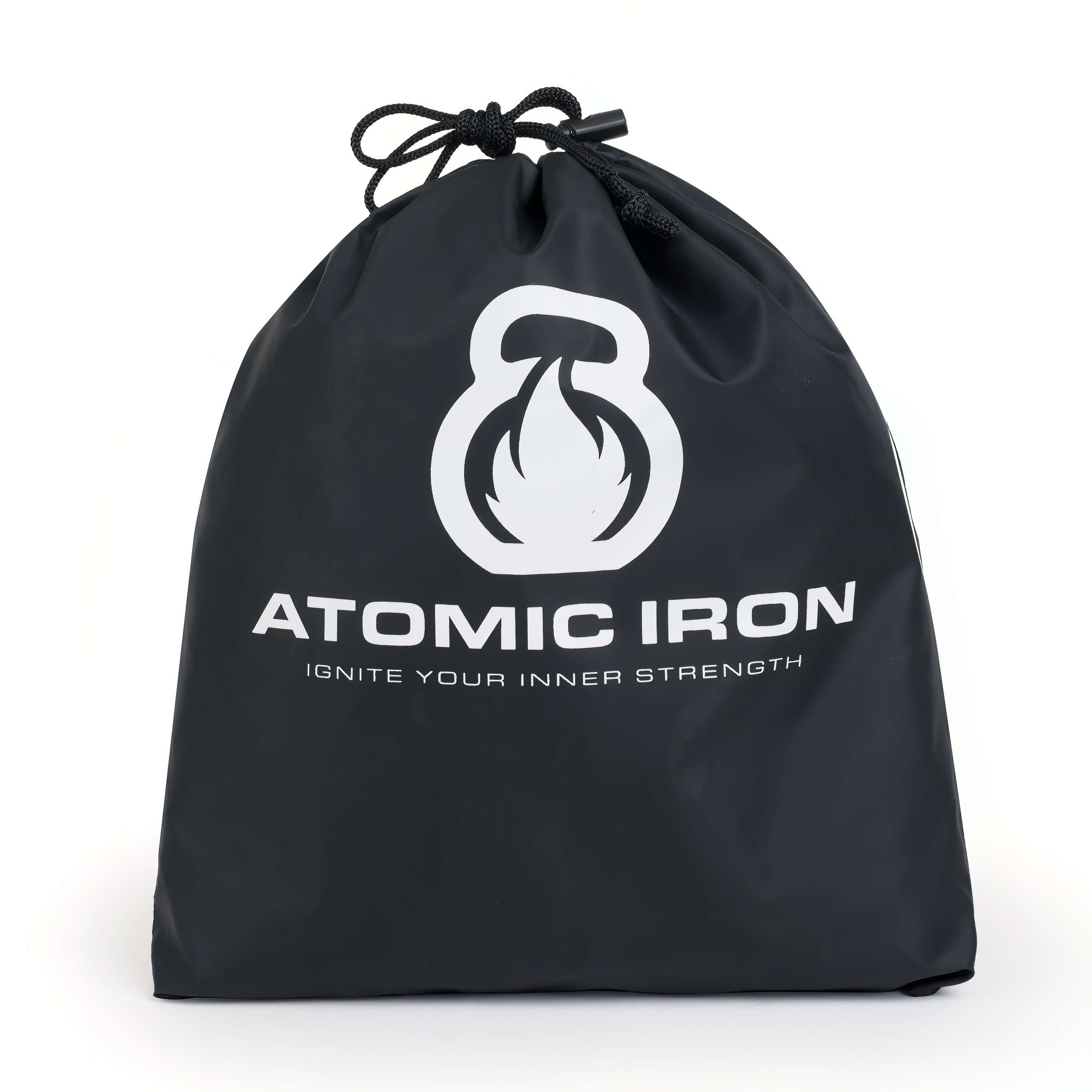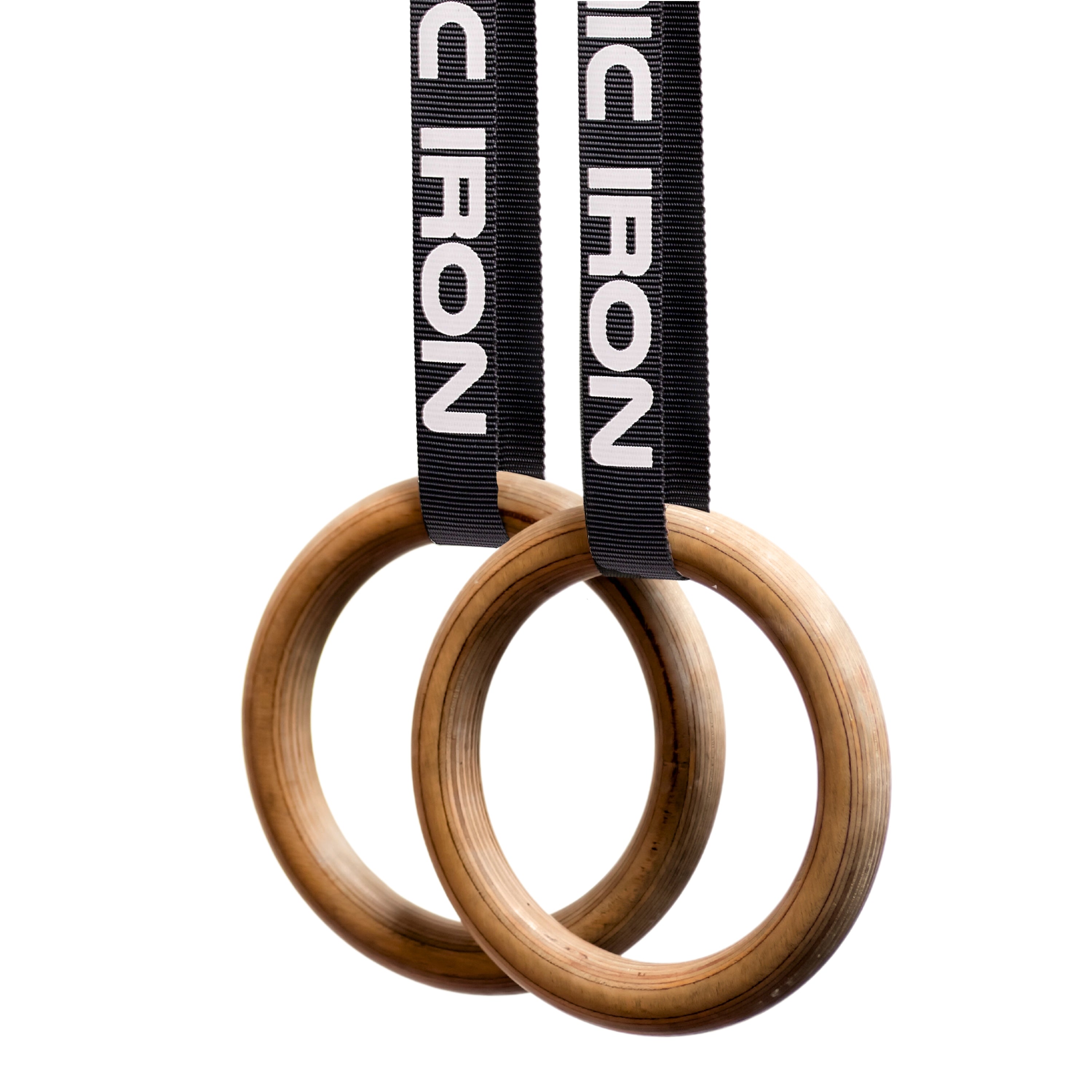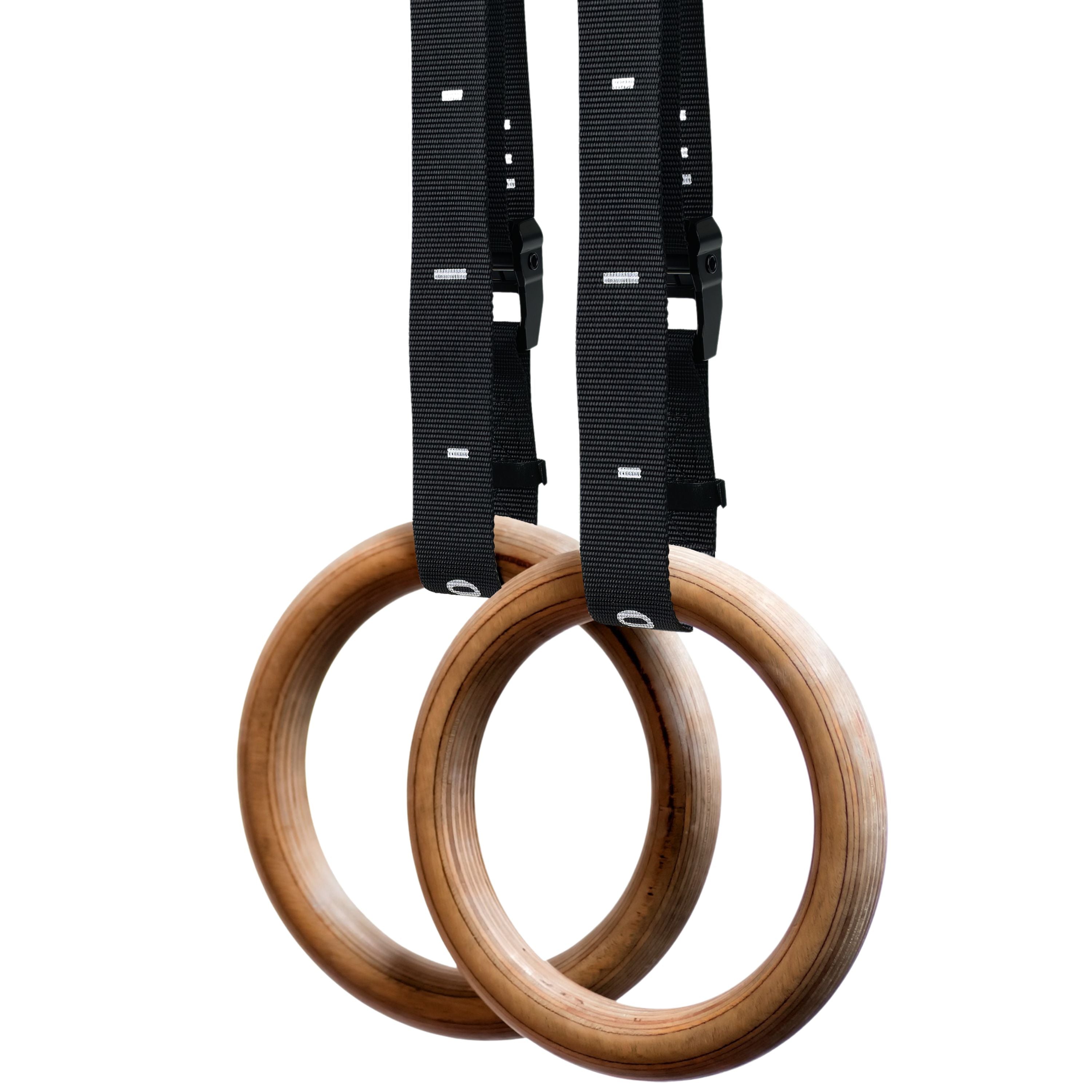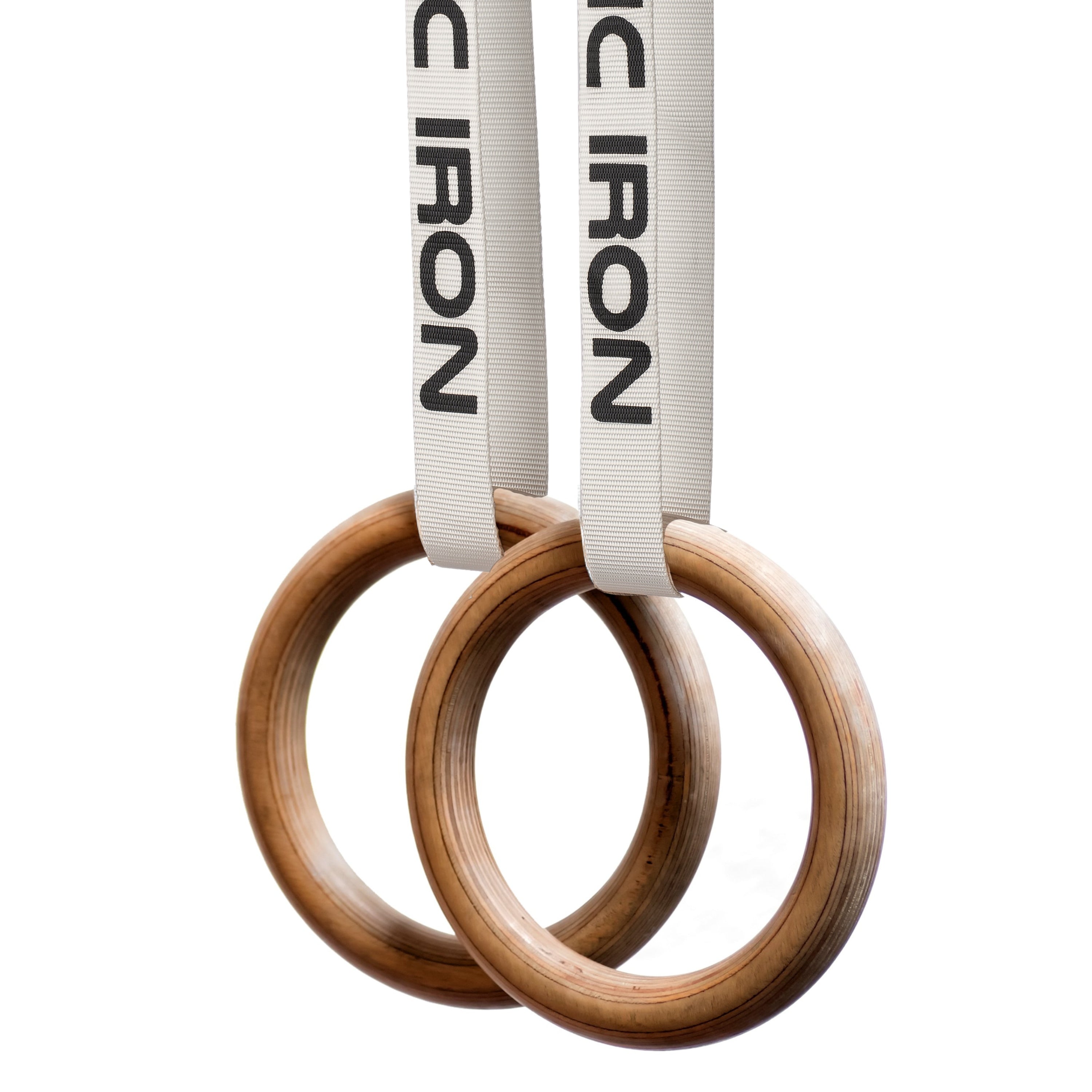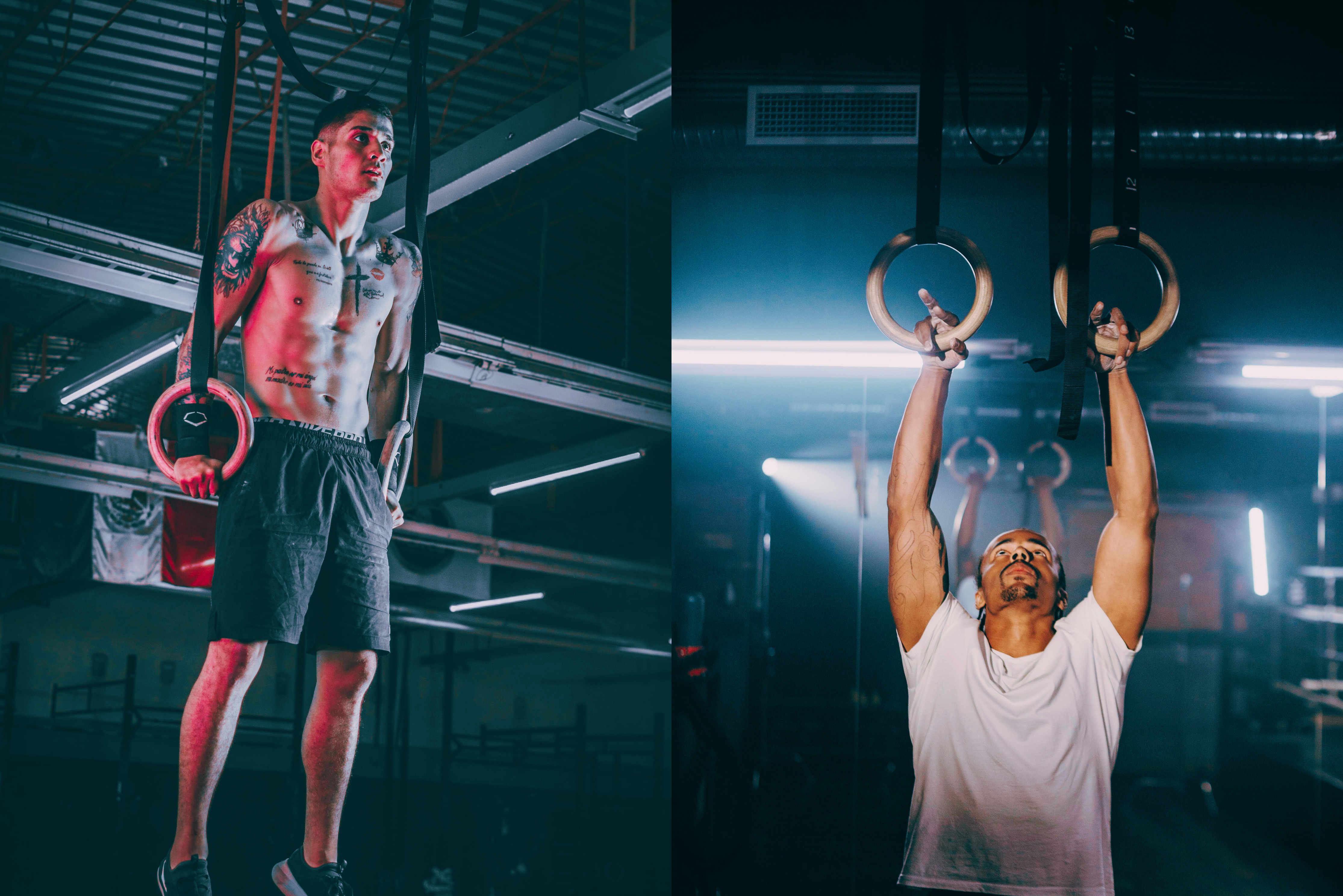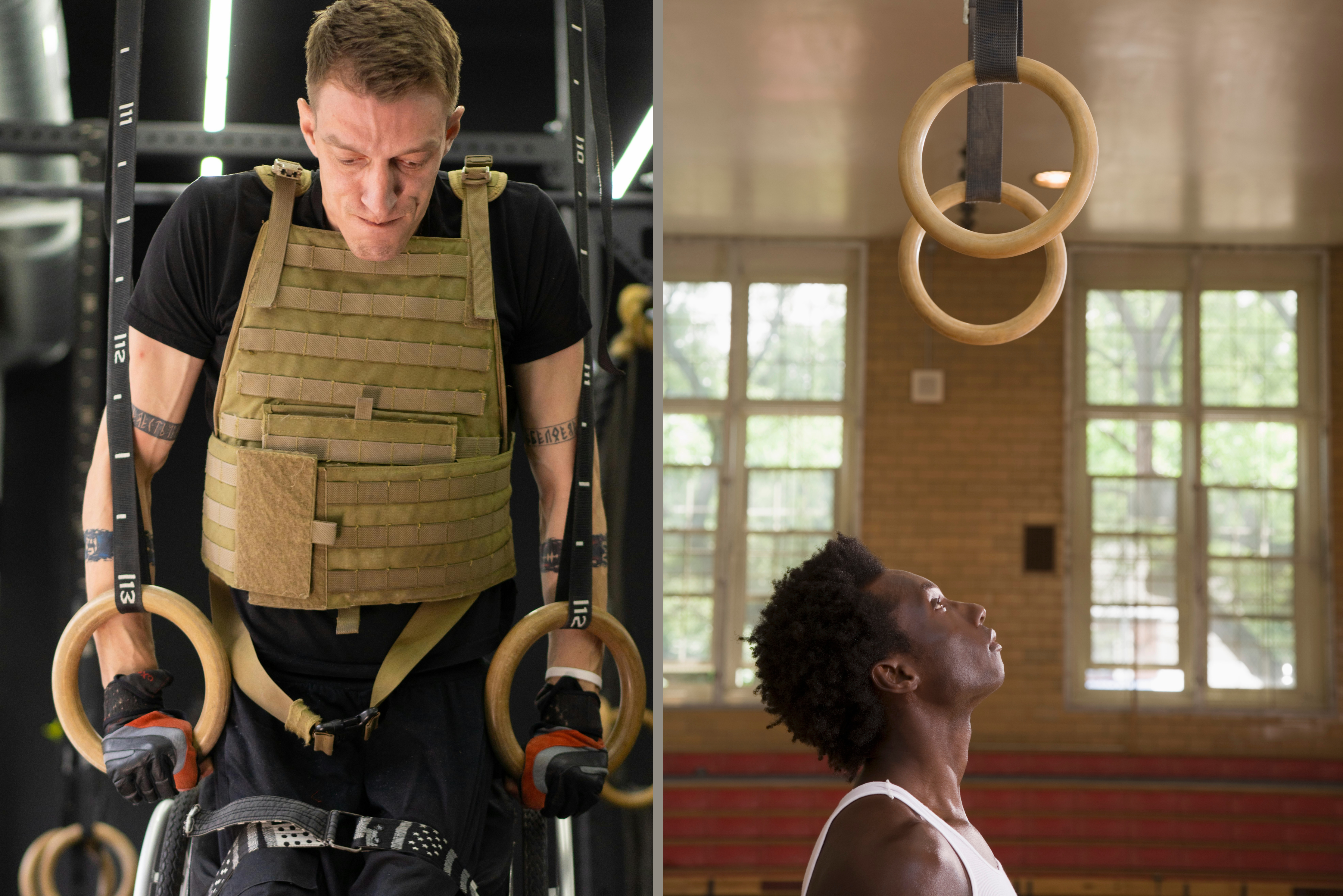Rings Fundamentals: Gym Ring Grips

First things first - before you begin your gym rings workout you need to take the time to learn how to grip your rings correctly.
There are three different ways to correctly grip your gymnastic rings and the grip you choose during you workout will depend on a number of factors. On a technical level, there are details to learn for each grip, and a basic understanding of why and how to use them depending on the exercise or movement.
Don't let your grip ruin your workout. Improper grip can lead to diminished athletic performance and even injury due to the long-term tendon or bone damage. Read on to find out how.
Grip 1: Neutral Grip (Below the Rings)
This grip is the most common and natural grip that rings athletes use. It is best used for exercises and movement that involve pulling, such as ring pull-ups or ring rows.
- While underneath the rings, wrap your fingers, thumb and palm around them in a grasp.
- The trick here is to keep your fingers and thumbs in a stable position, without bending your wrist.
- As you perform the pulling movement, allow your hands and muscles to absorb all of the resistance from the exercise.
Getting the neutral grip right will lead to bigger and stronger arms by better developing your forearm and brachialis (the muscle that's sits under your biceps). 
Grip 2: Above The Rings Grip
This grip is used for exercises and movements that involve pushing from a top position, such as ring push-us or ring dips.
- When you are over the top of the rings, reach down and grasp the bottom section.
- Make sure your wrists are as square and straight as possible, and when required, push on to the rings with both your arms and shoulders, and without overly squeezing the rings with your hands.
- As you perform each pushing movement, your arms should remain straight and by your side, ensuring your wrists do not bend to any side of the rings.
Keeping your wrists straight without squeezing too tightly onto the rings will help you build forearm muscle and protect your wrists from injury.

Grip 3: False Grip
This grip is primarily for advanced rings athletes, as it is used to perform more complex and tougher exercises, such as the muscle-up.
Although this grip may feel counter intuitive and awkward, it enables you to transition through the phase at the top of your pull up, to then allow you to press up and ultimately complete the muscle-up. Its main advantage is to give you leverage on the rings without turning your hands around mid-movement.
- With the rings resting on the outside of your forearms, grasp the top of the rings.
- Holding onto the rings tightly, pull your hands inwards to flip the rings 180 degrees.
- You can then begin your exercise, noting that your wrists will be slightly bent with your arms not in the full lock position.

Before you begin any workout with gymnastic rings, take the time to familiarise yourself with each of these grips, ensuring you're training with the proper technique at all times.




